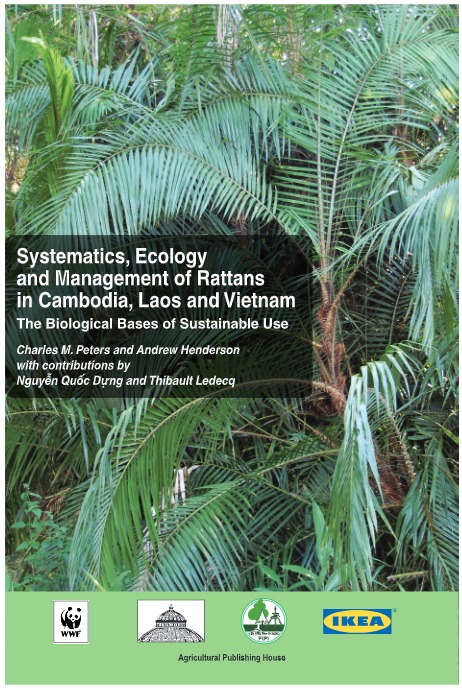Charles M. Peters, Andrew Henderson, Nguyễn Quốc Dựng and Thibault Ledecq
The Greater Mekong region is one of the most biologically diverse places on the planet. Home to the world’s largest freshwater fish species and extensive tiger habitat, its forests, rivers, grasslands and wetlands pulse with life. About 80 per cent of the region’s 300 million people depend directly on the goods and services its ecosystems provide, such as food, fibre and clean water. Recent decades of accelerated economic development in the Greater Mekong have put great pressure on its environment and natural resources, especially its forest resources. Yet, despite this impressive economic growth, the Greater Mekong remains relatively poor. In this context the sustainable use of natural resources and equitable sharing of the gains are crucial for maintaining and furthering development.
Topics:
Agrobiodiversity Conservation Policies and Initiatives, Agroforestry and Ecosystem Management, Livestock Diversity and Indigenous Breeds
Agrobiodiversity Conservation Policies and Initiatives, Agroforestry and Ecosystem Management, Livestock Diversity and Indigenous Breeds
Types:
Research article
published in 2014, English language




